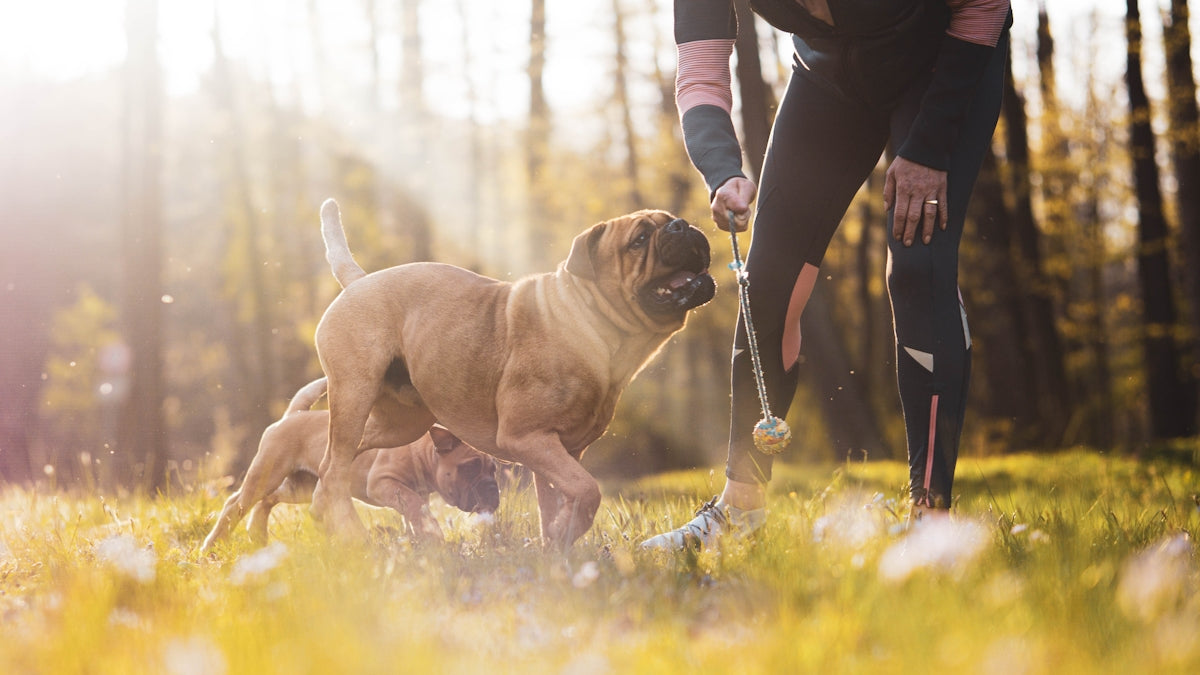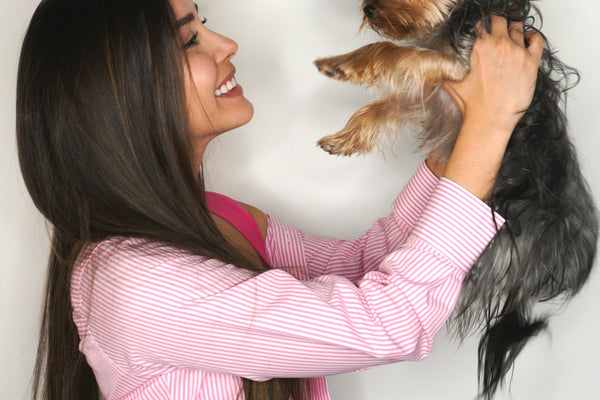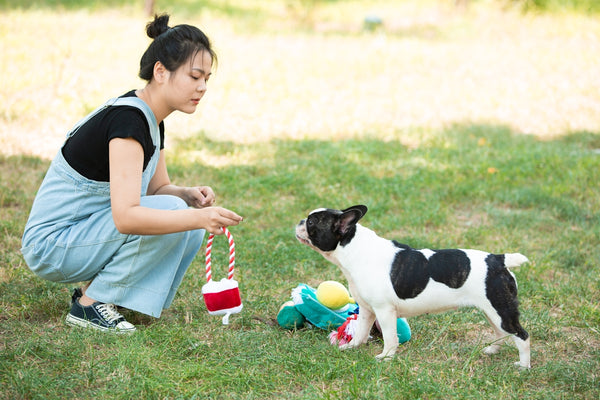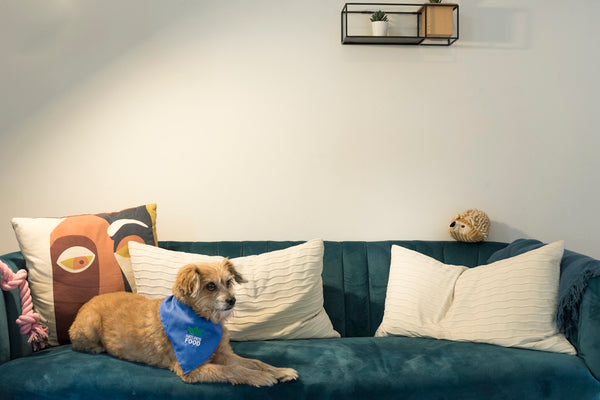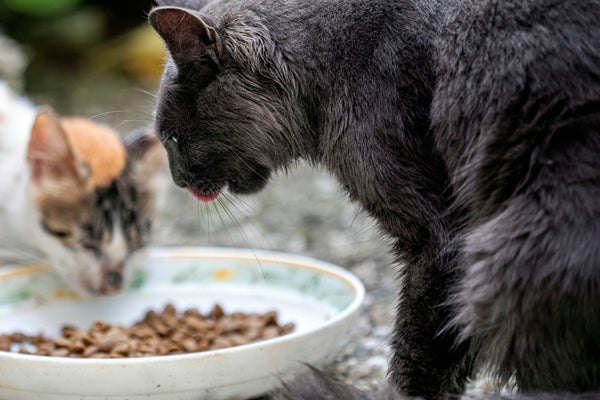Bringing a pet home after surgery or illness requires careful attention to detail to ensure a safe and restful recovery environment. Every pet is unique, and understanding their specific needs can make a significant difference in their recovery process. This guide will explore the best practices for helping your pet recuperate at home, from setting up a comfortable environment to choosing the right nutrients and supplements.
1. Creating a Comfortable Recovery Space
A tranquil and comfortable space is fundamental for facilitating your pet's recovery. Choose an area that is quiet and free from disturbances. This designated recovery zone should be warm, cozy, and easily accessible, allowing your pet to rest without exerting themselves. Ensure that this area is equipped with essentials like a comfortable bed, fresh water, and their favorite toys to promote a sense of security and normalcy.
Consider the Pet Bowl Stainless for providing accessible water to encourage hydration, which is crucial during the recovery phase.
2. Monitoring Nutrition and Hydration
Proper nutrition plays an indispensable role in your pet's recovery. Feeding them a balanced diet rich in necessary nutrients can accelerate healing and strengthen their immune system. Consult your veterinarian to determine the appropriate diet for your pet's specific condition.
2.1 Supplements
- For Dogs: Incorporating supplements like the Delicious Pumpkin Flavor Probiotic Bites for Dogs - 3 Pack, 60 Count can help maintain gut health and boost immunity. These probiotic bites are crafted to support your dog's digestive health, which can often be compromised during recovery.
- For Cats: You might consider Cat Probiotics Chews - Crunchy & Creamy Treats for Gut & Immune Health, ideal for improving digestive functions and enhancing the immune system in felines.
- For Joint Support: Ensure your pet's joints heal properly after surgery or injury with the Bacon-Flavored Hip & Joint Health Chews for Happy Pets. These chews are formulated to support joint recovery, particularly in pets recovering from orthopedic surgeries.
2.2 Hydration
In addition to solid food, liquids play a vital part in recovery. Ensure your pet drinks enough water daily, as this assists in flushing out toxins from their body and maintaining hydration levels. For additional support:
- Omega-3 Supplements: Integrate Premium Wild Alaskan Salmon Oil for Dogs - 8 FL OZ Omega 3 Fish Oil with Natural EPA into your dog's routine to promote healthy skin and coat, which may be compromised following surgery or illness.
3. Pain Management and Medication
Following medical procedures, pain management is crucial. Adhere strictly to the veterinarian's guidelines regarding medications and dosages. Always monitor your pet for any adverse reactions and reach out to your vet if anything unusual occurs.
4. Restricted Activity and Movement
Although your pet might appear eager to resume their regular activities, it's essential to restrict their movements according to veterinary advice. Limiting physical activity will prevent complications and ensure stitches or wounds heal correctly. Use leashes or constructed barriers to help manage their activity levels effectively.
5. Monitoring for Complications
Be alert for signs of complications such as swelling, discharge, or unusual behavior. Rapid detection and response to these symptoms can prevent further health issues. Familiarize yourself with the specific post-operative instructions provided by your vet to better identify potential problems.
6. Regular Check-Ups
Regular follow-up visits to the vet are essential. These visits allow the vet to assess your pet’s recovery progress and make adjustments to their treatment plan if necessary.
7. Emotional Support and Engagement
A healing environment isn't merely physical; emotional well-being is important, too. Provide your pet with affection, ensuring they feel loved and cared for. Engage in gentle playtime, if appropriate, to keep their spirits high.
Your dedication to your pet's recovery will significantly impact their well-being. By creating a supportive recovery plan, with the right balance of rest, care, and love, you're setting them up for a healthier future.
For more resources and quality pet products, visit My Pet Collective.
